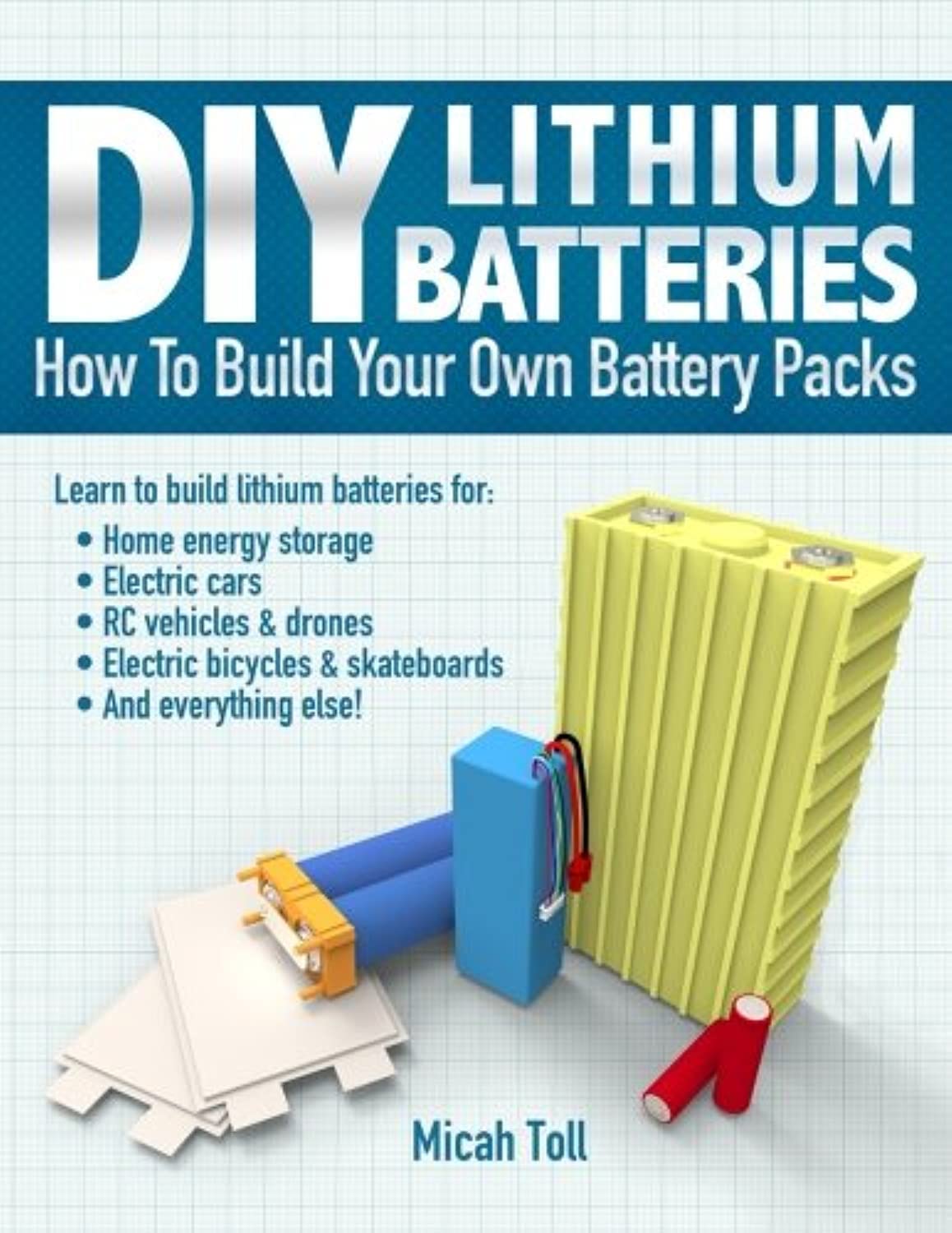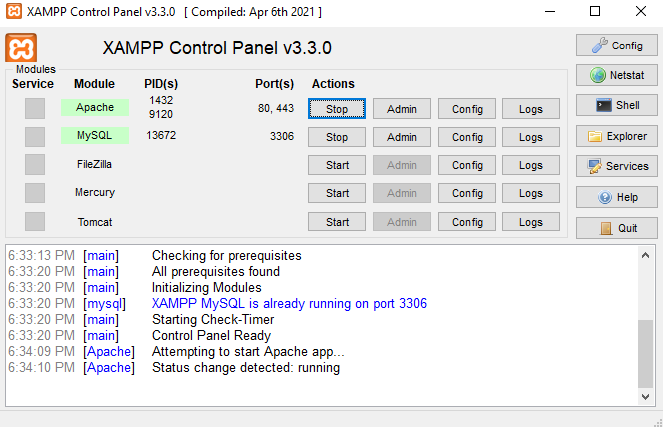
DIY Lithium Batteries How to Build Your Own Battery Packs
When introducing capacity in the previous subsection, I mentioned that the capacity is highly related to the maximum continuous discharge current. This is because the larger the capacity of the assembled battery, the larger the maximum continuous discharge current of the assembled battery will be. That is why I spent so much time in Chapter 5 discussing how to calculate C rates. (And that’s why I forced you to take a mini test on C rates too!)
Let’s take a look at two potential battery packs built from these cells. We’ll make a hypothetical 3s3p pack and a 3s6p pack. Now let’s compare them. The first battery pack will be 11.1 V nominal (3 cells in series × 3.7 V nominal per cell) and 10.5 Ah (3 cells in parallel × 3.5 Ah per cell). The second battery pack will also be 11.1 V nominal, but it will be 21 Ah, or twice the capacity of the first battery pack. Both of these battery packs will be capable of a 2.86 C discharge rate. However, that 2.86 C discharge rate equals different absolute currents for the two different battery packs. The first battery can supply 30 A continuously, while the second battery can supply 60 A continuously.
If I’m trying to power a light bulb that draws 5 A continuously, the lowest maximum continuous discharge rate my battery can safely have is 5 A. That would give me just enough current to power the 5 A light bulb. If my battery is rated for 10 A maximum continuous discharge instead of 5 A, then I’ll have a factor of safety of 2, because my battery can provide twice the current that the light bulb requires. If my battery is rated for 20 A maximum continuous discharge, then I’ll have a factor of safety of 4, because my battery can provide 4 times the current needed by the load.






